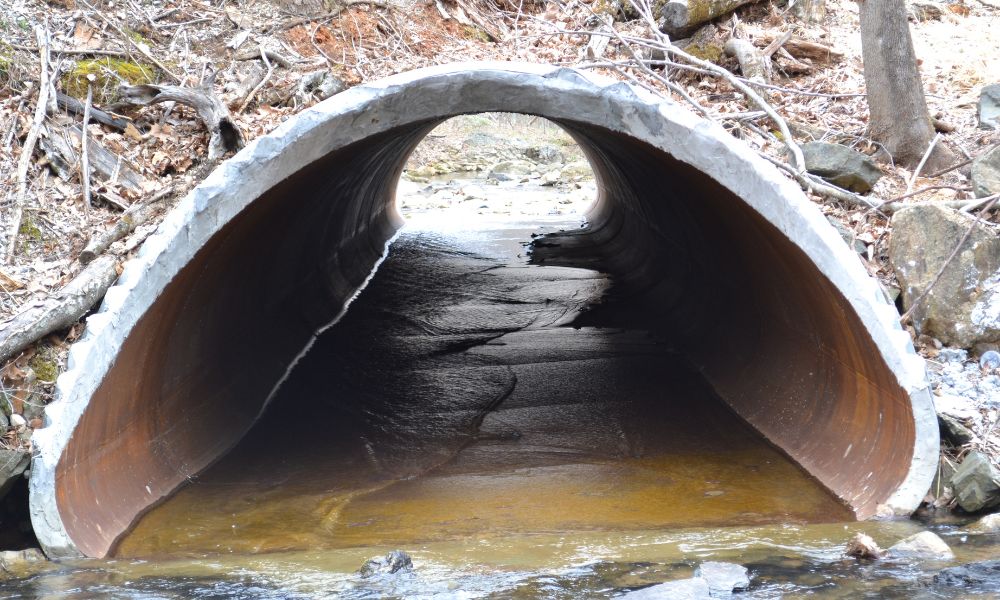As the population grows in rural and suburban areas, controlling stormwater on roadways becomes an increasingly difficult problem. If left unchecked, stormwater can cause flooding, damage infrastructure, erode soil, and contaminate streams and rivers. To mitigate these risks, municipal managers need to know how cities can control stormwater on roadways and around population centers.
Go Green
Green infrastructure strategies can reduce stormwater on pavement surfaces. Green infrastructure uses natural practices designed to capture, filter, store, and reuse rainwater where it falls. These solutions reduce runoff by filtering water into the ground. There, it will recharge aquifers instead of going into streams and rivers.
Permeable Pavement
Permeable pavement is a type of porous asphalt or concrete designed to allow water to pass through. It contains small, interconnected spaces that slow and store stormwater, filtering it and eventually releasing it slowly into the ground. This prevents flooding and can reduce runoff in paved areas. Permeable pavement is useful for driveways, parking lots, sidewalks, and roadways.
Rain Gardens and Bioswales
Another way cities can manage stormwater is through the use of rain gardens and bioswales. Rain gardens are shallow depressions in the ground filled with native plants and grasses that filter and absorb rainfall and reduce runoff. Bioswales are similar to rain gardens, but they are usually larger and capture and filter large volumes of runoff. The vegetation and soil that line them filter out pollutants before allowing the water to slowly soak into the ground. These keep water from overflowing onto roadways.
Rainwater Harvesting
Rainwater harvesting is the process of collecting and storing rainwater for future use. You can use the stored water to irrigate lawns, flush toilets, wash cars, or water gardens. Harvesting rainwater in reservoirs, underground cisterns, and even residential rain barrels reduces runoff that would otherwise flood roadways.
Land Use Planning
Cities can also take proactive measures to prevent stormwater runoff with wiser land use planning. This includes limiting development in floodplains and restoring wetlands to absorb excess water and act as a buffer against floods.
Rehabilitating Culverts
Finally, cities can rehabilitate degraded culverts with municipal bridge kits. These kits include culvert components that don’t disrupt road or rail traffic while still improving stormwater management. By rehabilitating culvert infrastructure, cities can reduce flooding risks and prevent damage to bridges and other structures.
By implementing such strategies, cities can reduce the amount of stormwater they see on roadways. This protects valuable water resources and reduces damage from flooding and erosion, which ensures a healthier future for their residents and their environment.



Leave A Reply